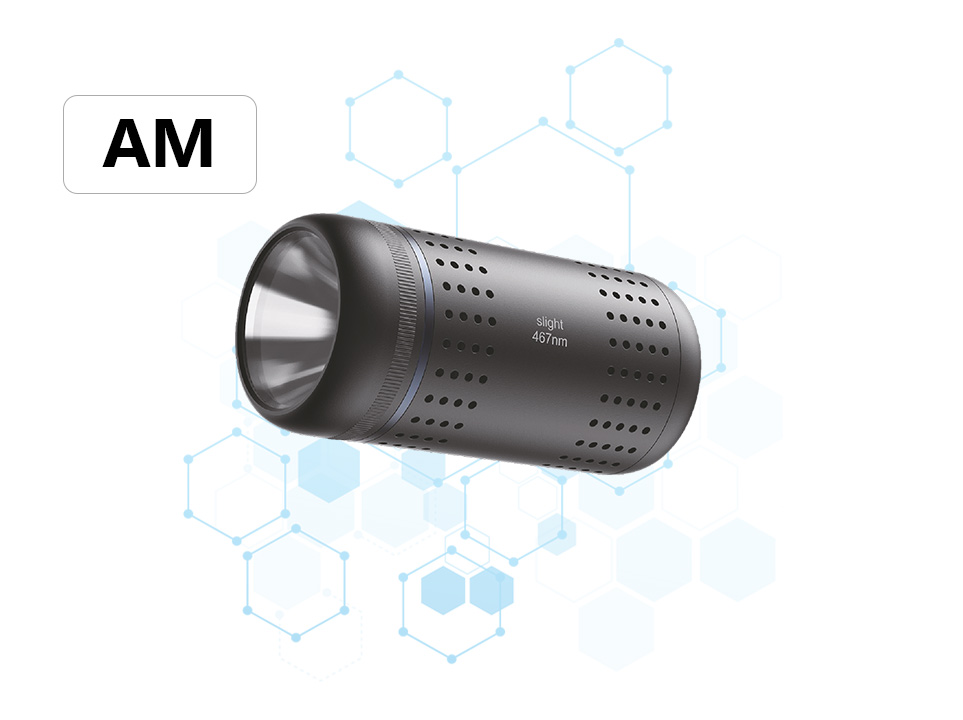Continuous Flow Photoreactor: Working Principle and Composition
The continuous flow photoreactor is a device designed to accelerate chemical reactions, leveraging the principles of photocatalysis. This advanced reactor operates by harnessing light energy to catalyze reactions between reactants, significantly enhancing reaction rates and efficiency. Below is an exploration of its working principle and composition.
Working Principle
The core of the continuous flow photoreactor lies in its ability to convert light energy into chemical energy. This process begins with the introduction of reactants (such as gases or liquids) and photocatalyst particles into the reactor through specific inlet ports. Inside the reactor, the reactants and catalysts are thoroughly mixed through stirring or flow dynamics.
A light source, typically a UV mercury lamp, is strategically positioned within the reactor to provide intense light irradiation. Upon absorption of light energy, the photocatalyst becomes excited and generates catalytically active species, such as hydroxyl radicals (·OH), which then catalyze the chemical reaction of the reactants. During the reaction, the reactant molecules undergo adsorption, transformation, and desorption on the catalyst surface. The resulting products are subsequently discharged from the reactor through designated outlets. In some instances, the products may undergo recycling through a circulation pump to ensure complete reaction.
Composition
The continuous flow photoreactor is meticulously engineered to ensure efficient and controlled reactions. Its key components include:
Reactor Body: Constructed from corrosion-resistant and high-temperature materials like stainless steel, the reactor body houses the reaction mixture and withstands the pressures and temperatures encountered during the reaction process.
Mini Heat Exchanger: This component is crucial for precisely controlling the reaction temperature, ensuring that the reaction proceeds within an optimal range. Temperature is a pivotal factor influencing reaction rates and selectivity.
Mini Mixer: Rapid mixing and dispersion of the reactants are facilitated by the mini mixer. Uniform mixing is essential in continuous flow reactions to enhance reaction efficiency and prevent issues such as local overheating or uneven reaction.
Microchannels: Forming the heart of the reactor, these microchannels are typically arranged in parallel or crossed configurations. Reactants enter through inlets and react within the channels to produce the desired products. The design of the microchannels maximizes the contact area between the reactants and catalysts, thereby boosting reaction rates.
Micro Pump: Responsible for delivering the reactants and maintaining the continuity of the reaction, the micro pump precisely controls the flow rate and velocity of the reactants, crucial for achieving reaction stability and controllability.
Control System: Encompassing temperature, pressure, and flow control, this system ensures precise regulation of reaction conditions for efficient reaction progression.
Applications and Future Directions
Continuous flow photoreactors have found applications in various chemical fields, including the synthesis of complex organic molecules and new energy development. Their ability to continuously feed reactants and discharge products allows for long-term stable operation while enhancing reaction rates and product selectivity. By converting solar energy into chemical energy through photocatalysis, they offer a pathway to high-efficiency energy conversion, contributing to sustainable development.





